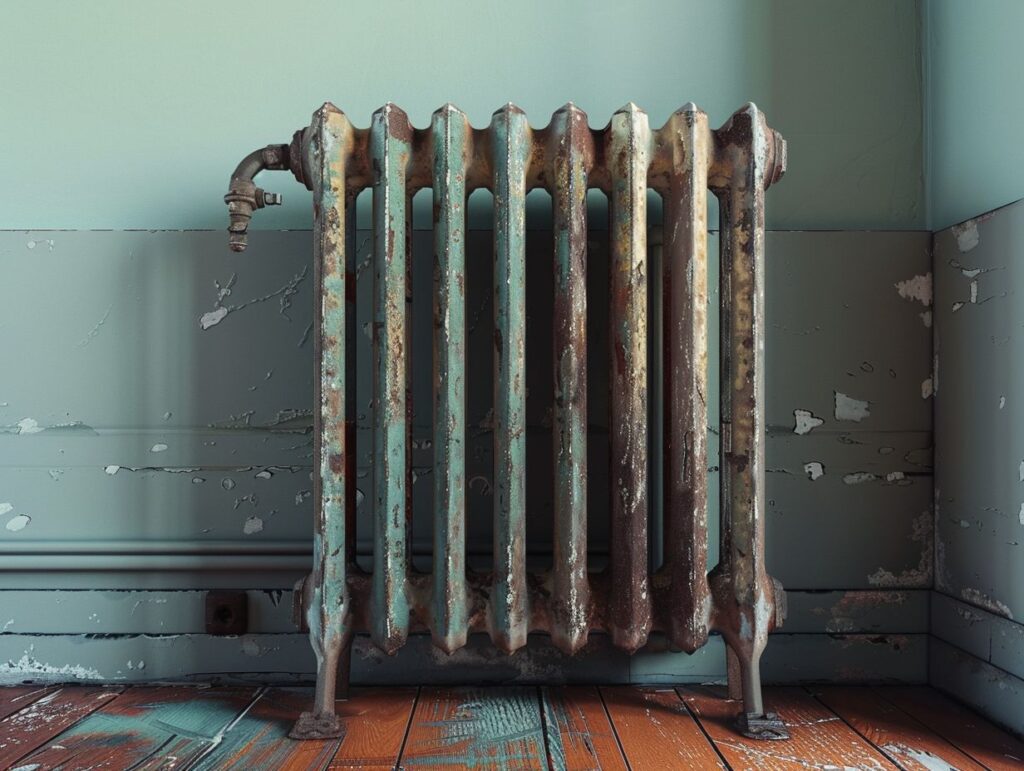Are you considering painting your Type 22 Radiators and wondering if it’s possible? Let’s delve into the features and functionality of these radiators, along with the advantages of painting them. Adding a fresh coat of paint to your Type 22 Radiators can not only improve their aesthetics but also provide protection against rust, ultimately making a notable difference in your home ambiance.
In addition to the benefits, we will cover essential preparation techniques, selecting the appropriate paint, and the necessary steps for effectively painting these radiators. You will also receive guidance on maintenance practices and touch-up procedures to ensure your painted radiators maintain a crisp and brand-new appearance.
Key Takeaways:
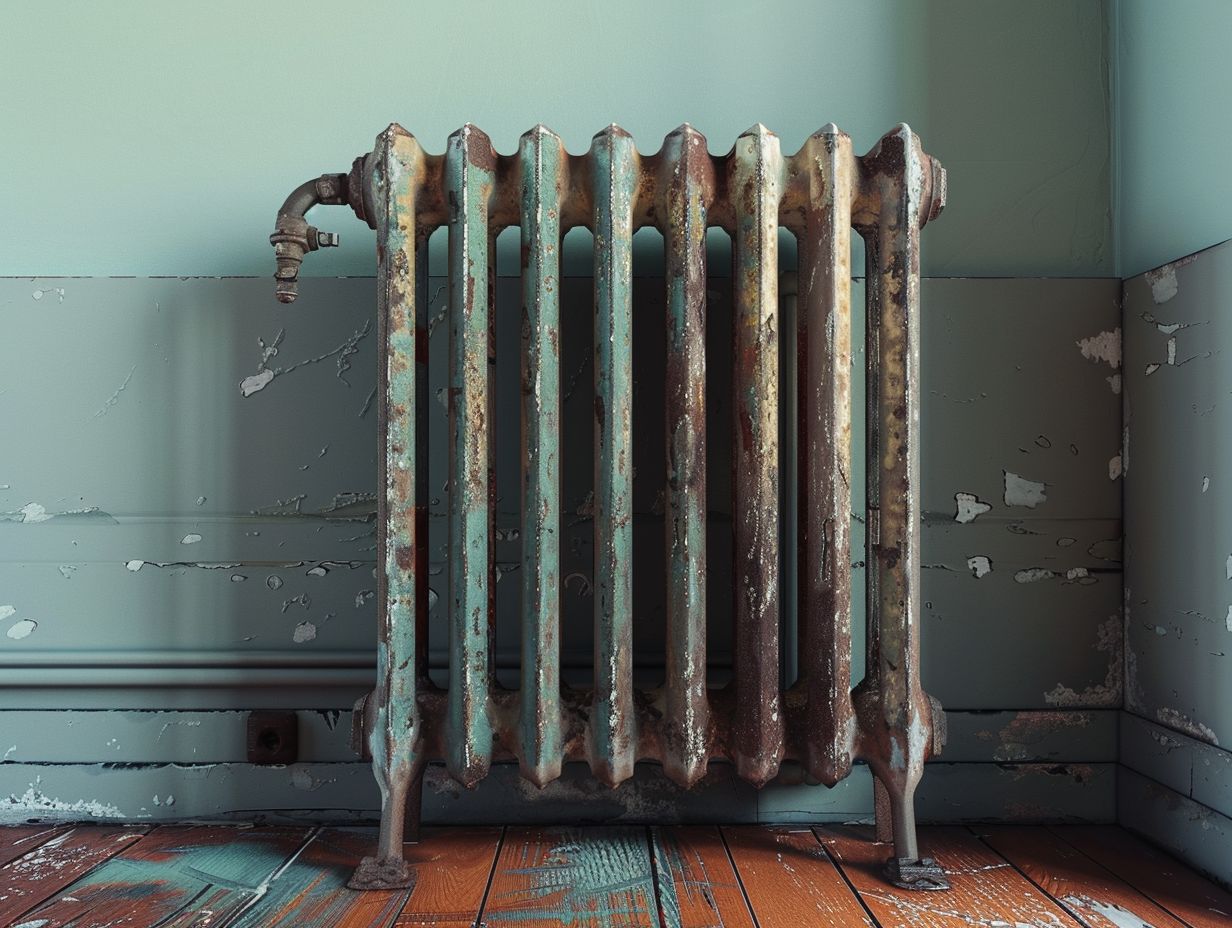
- Type 22 radiators can be painted to enhance their aesthetics and protect against rust, making them a versatile option for home decor.
- Proper preparation, such as cleaning and sanding, is crucial for a successful painting process.
- Choosing the right paint for type 22 radiators, based on options and considerations, is essential for a durable and long-lasting finish.
Benefits of Painting Type 22 Radiators
When painting type 22 radiators, you can enjoy various benefits, such as enhancing their aesthetics, protecting against rust, and updating the room’s appearance cost-effectively. It is essential to select the appropriate type of paint to guarantee durability and achieve a flawless finish.
The market offers a range of radiator paints, including enamel, acrylic, and heat-resistant formulations, each catering to specific requirements. Enamel paints deliver a glossy and long-lasting finish, making them perfect for high-traffic areas.
Acrylic paints boast quick drying times and easy cleanup, making them an excellent choice for DIY enthusiasts. Heat-resistant paints are designed to endure high temperatures, ensuring longevity.
Proper surface preparation is critical to ensure the paint adheres well and the finish appears professional. This preparation involves cleaning and sanding the radiator, enhancing its appearance and lifespan. By investing time and effort in this process, homeowners can elevate the look of their radiators and reap the benefits in the long run.
Enhancing Aesthetics and Protecting Against Rust
When painting type 22 radiators, you can enhance the overall aesthetics of a room whilst also providing a protective layer against rust, ultimately extending the lifespan of the radiators.
Choosing the right paint can not only improve the room’s decor but also offer a cost-effective solution for refreshing the space.
Ensuring a smooth and durable finish when painting radiators hinges on proper surface preparation. It is crucial to thoroughly clean and sand the surface to facilitate better paint adherence, which helps prevent chipping and peeling over time.
For durability and heat resistance, it is essential to select a high-quality heat-resistant paint specifically designed for radiators.
Investing in a good paint not only enhances the appearance but also contributes to the longevity of the radiators by safeguarding them against corrosion and wear. When selecting paint, factors such as the size of the radiators and the room’s colour scheme should be taken into consideration to achieve a cohesive look.
Preparation for Painting
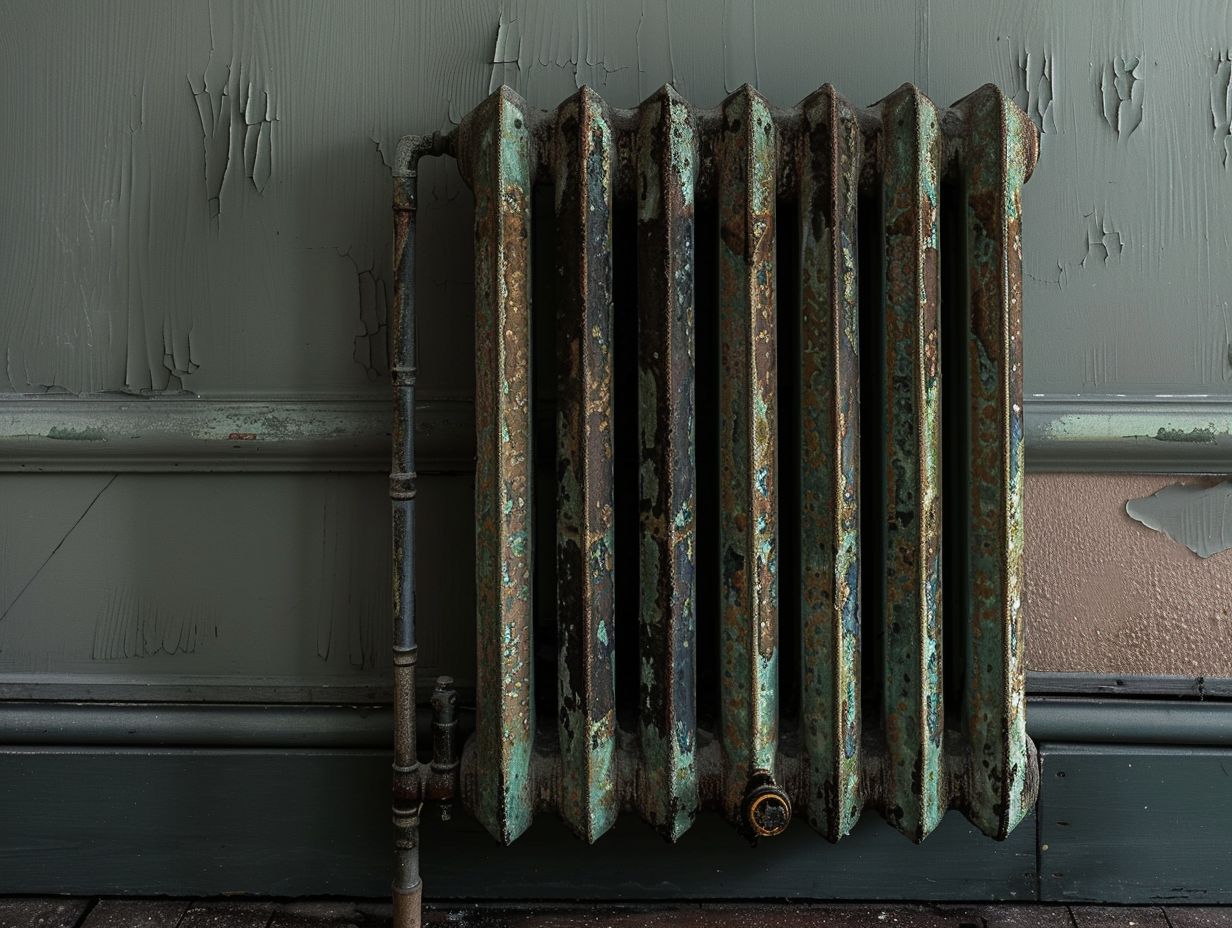
Before painting type 22 radiators, it is crucial for you to engage in proper preparation. This involves thorough cleaning and sanding techniques to guarantee a smooth and long-lasting finish. The initial step is to remove any existing paint or debris; this is essential to ensure that the new paint adheres correctly to the radiator surfaces.
Next, you must meticulously inspect the radiators for any imperfections and utilise fine-grit sandpaper to smooth them out, thereby creating a flawless surface.
Following the cleaning and sanding process, it is recommended to apply a coat of primer specifically designed for metal surfaces. This will enhance paint adhesion and durability. Remember to allocate adequate drying time between each step to prevent any complications during the painting process.
Maintaining proper ventilation throughout these procedures is crucial in creating a safe working environment and promoting optimal paint adhesion. By diligently following these steps, you will be able to achieve a professional paint finish on your type 22 radiators.
Cleaning and Sanding Techniques
When preparing to paint type 22 radiators, it is essential to follow key steps like cleaning and sanding to ensure a smooth and clean surface that will allow the paint to adhere effectively. Cleaning the radiator thoroughly is the first step, as it removes dirt, grease, and debris that could hinder the paint’s adhesion.
Once the surface is clean, sanding with fine-grit sandpaper is necessary to create a suitable texture for the paint application. To achieve the best results, begin by cleaning the radiator with a mild detergent solution to eliminate any surface contaminants. Use a sponge or soft cloth to scrub away any grime, making sure to address all areas, including hard-to-reach spots.
After cleaning, proceed with sanding using fine-grit sandpaper to smooth out imperfections and rough spots on the radiator. It is important to sand in a consistent motion to avoid creating uneven surfaces. This process not only improves the appearance of the radiator but also enhances paint adhesion, resulting in a durable and professional finish.
Choosing the Right Paint
When selecting the appropriate paint for type 22 radiators, you should take into account various options and factors, including heat resistance, durability of the finish, and colour compatibility with the room’s decor. Different types of radiator paint provide distinct advantages based on the desired outcome.
For example, heat-resistant radiator paints are specifically designed to endure high temperatures without degrading or emitting harmful substances. In areas with high foot traffic where radiators are susceptible to scratches or dents, durability is paramount.
Regarding colour coordination, opting for a paint that harmonises with the room’s overall aesthetic can enhance its visual appeal. Common options include water-based paints, enamel paints, and spray paints, each offering varied application techniques and finishes.
The choice of paint can significantly impact the ambience of the space, underscoring the importance of carefully evaluating all these factors before making a decision.
Options and Considerations
When selecting paint for your type 22 radiators, it is important to explore various options that offer high heat resistance, durable finishes, and compatibility with radiator surfaces. Consider the room’s decor style and colour scheme to choose a paint colour that complements the overall design.
Different paint options for type 22 radiators include heat-resistant paints specifically formulated to withstand high temperatures without compromising the finish. Some paints also offer added durability, protecting the radiator surface from wear and tear over time.
When choosing a colour, keep in mind that darker shades may absorb more heat, potentially impacting the radiator’s efficiency, while lighter hues can help maintain its functionality.
Application techniques such as spray painting or brush application can affect the final look and longevity of the paint job, so selecting a high-quality paint suitable for radiators is essential for a polished appearance.
Steps for Painting Type 22 Radiators
When painting type 22 radiators, you need to follow specific steps from application to drying to achieve a flawless finish. Properly applying the paint and allowing sufficient drying time are crucial for achieving a professional-looking result.
To start, begin by thoroughly cleaning the radiator to remove any dust or debris that could impact the paint application. Next, use a high-quality primer specifically designed for metal surfaces to establish a smooth base for the paint to adhere to.
When applying the paint, utilise long, even strokes to prevent drips and ensure uniform coverage. It is important to allow each coat to fully dry before applying the next one.
For optimal drying, position the radiator in a well-ventilated area that is shielded from direct sunlight. Keep in mind that patience is vital to achieving a smooth, flawless finish.
Application and Drying Process
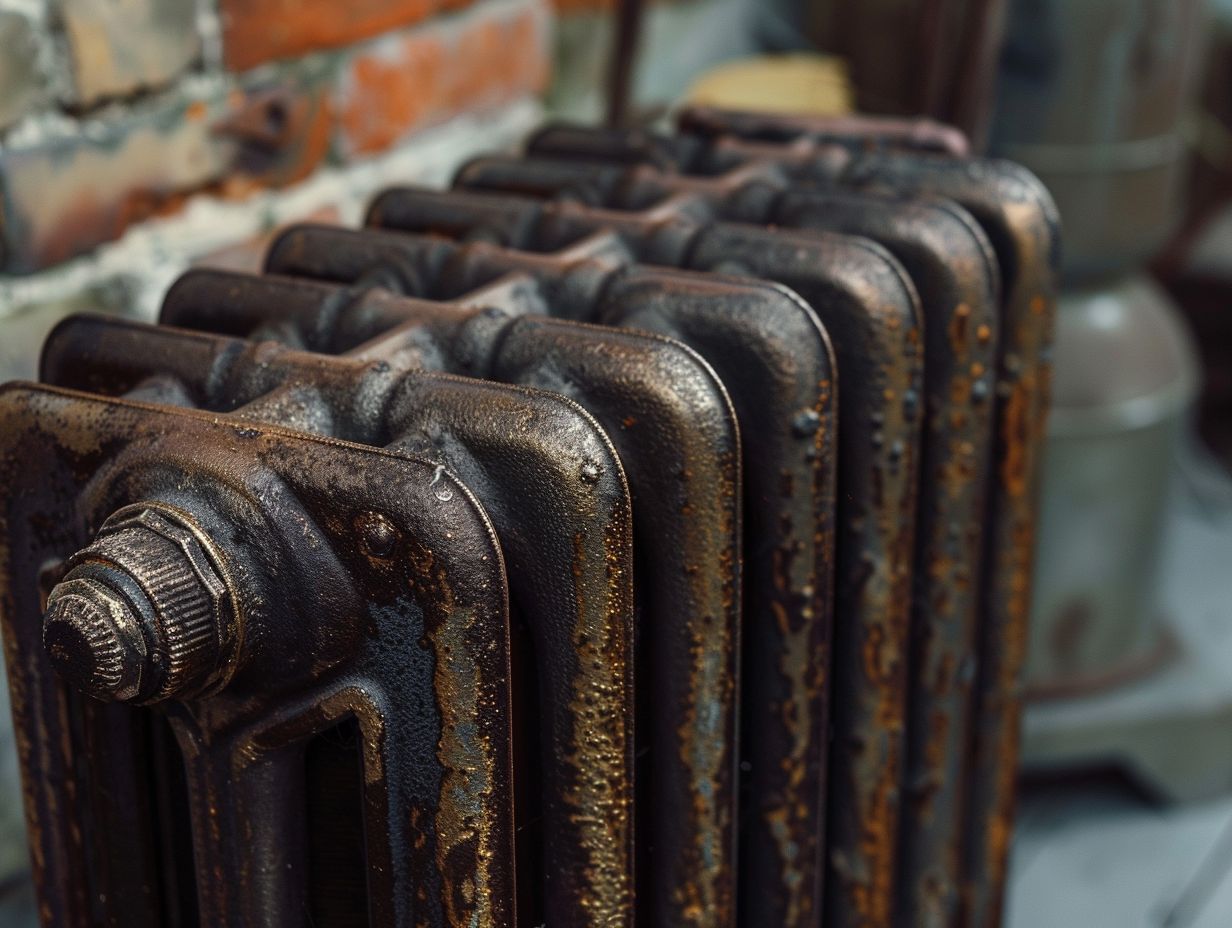
Maintaining your painted type 22 radiators requires regular touch-ups and cleaning to uphold the finish and safeguard against wear. Employing proper maintenance techniques is crucial for ensuring the durability of the paint and preserving the aesthetic appeal of your radiators over time.
Regularly cleaning your painted radiators is vital to prevent the accumulation of dust and dirt, which can lead to paint deterioration.
Using a soft, damp cloth or a mild cleaning solution can help in preserving the appearance of the radiators. For touch-ups, it is advisable to use the same type of paint and a fine brush for precise application.
Additionally, consider placing radiator covers or screens to provide an added layer of protection against scratches and other physical damage.
Maintenance and Touch-Ups
To ensure optimal room heating efficiency and control, it is essential for you to effectively maintain your type 22 radiators and towel warmers. Regular checks, cleaning, and adjustments are key in maintaining the performance and longevity of these heating elements.
It is crucial that you regularly inspect your radiators and towel warmers for any leaks, rust, or blockages to prevent malfunctions. Cleaning the surfaces with a damp cloth and mild detergent will help remove dust and debris that could impede heat distribution.
Additionally, bleeding the radiators to release trapped air and ensuring all valves are working correctly will contribute to efficient heating.
Adjusting the settings according to the season is also recommended. Lower temperatures in milder weather and higher settings during colder months will ensure maximum comfort and energy savings.
By following these maintenance practices, you can optimise the performance of your radiators and towel warmers.
Tips for Maintaining the Painted Finish
To maintain the painted finish of type 22 radiators, you need to use appropriate cleaning products, avoid abrasive materials, and promptly address any chips or scratches. Regularly inspecting the radiators and applying touch-ups as necessary is crucial for preserving the paint’s integrity and appearance.
In terms of keeping type 22 radiators in optimal condition, it is vital to approach the cleaning process with care. Select non-abrasive cleaners that are specifically formulated for painted surfaces to prevent any damage.
Use a soft cloth or sponge to gently wipe down the radiator during cleaning, avoiding any harsh scrubbing. If faced with stubborn stains, consider using mild soapy water before turning to more potent chemicals.
Keep in mind that the type of paint used on radiators can vary, so always refer to the manufacturer’s recommendations for cleaning and maintenance. By adhering to these guidelines, you can prolong the lifespan and aesthetic appeal of your radiators.
Frequently Asked Questions
Can Type 22 Radiators Be Painted?
Yes, Type 22 radiators can be painted as long as the proper steps are taken to prepare and paint the surface.
What type of paint should be used on Type 22 radiators?
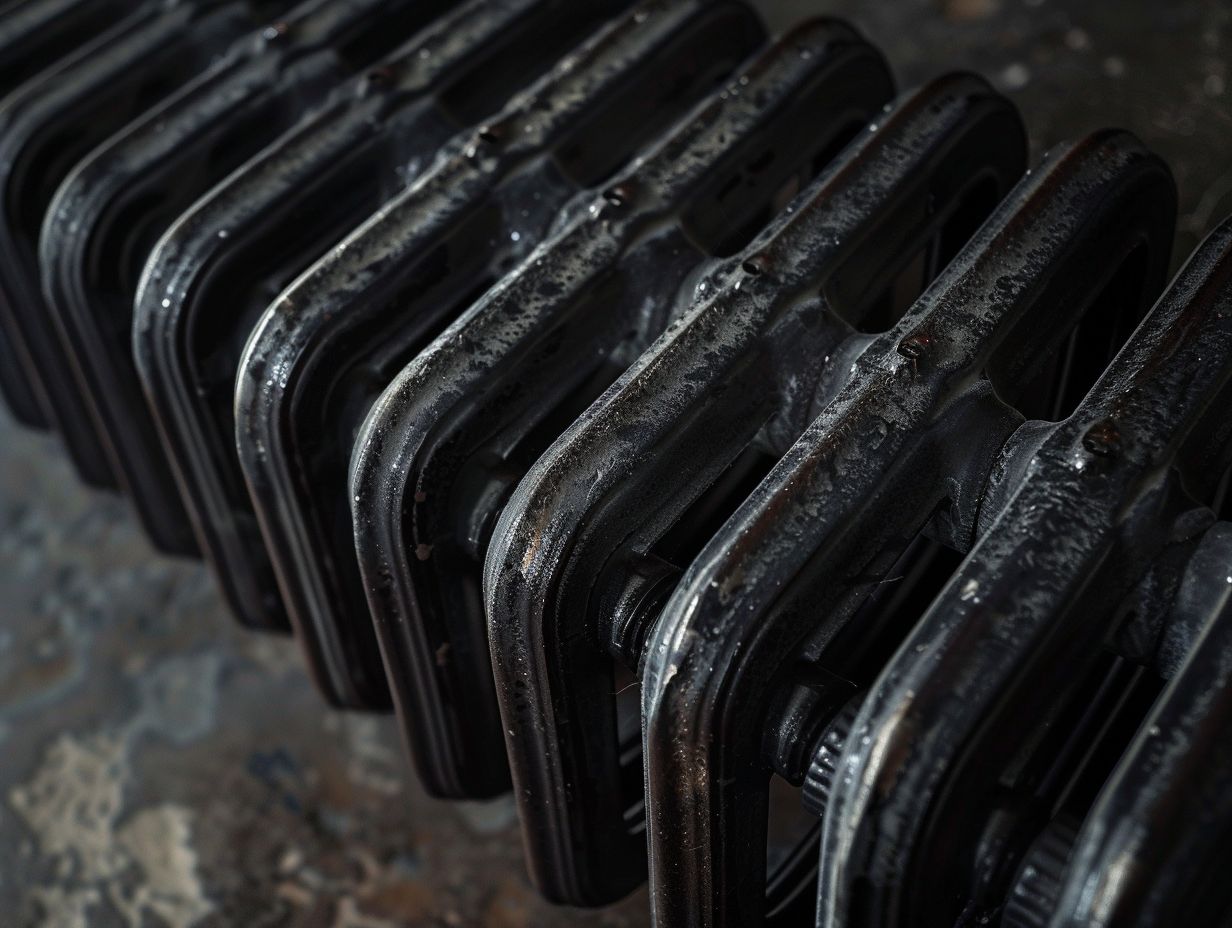
It is recommended to use a water-based acrylic paint specifically designed for use on radiators.
Do I need to prepare the surface before painting?
Yes, it is important to clean the surface of the radiator to remove any dirt, dust, or grime. Sanding the surface lightly can also help the paint adhere better.
Can I paint a Type 22 radiator while it is still attached to the wall?
It is not recommended to paint a radiator while it is still attached to the wall. It is best to remove it and paint it in a well-ventilated area.
How many coats of paint are needed?
It is recommended to apply at least two coats of paint to ensure an even and long-lasting finish.
Are there any safety precautions I should take when painting a radiator?
It is important to make sure the radiator is turned off and has cooled down before painting. It is also recommended to wear protective gear, such as gloves and a mask, when handling and painting the radiator.

